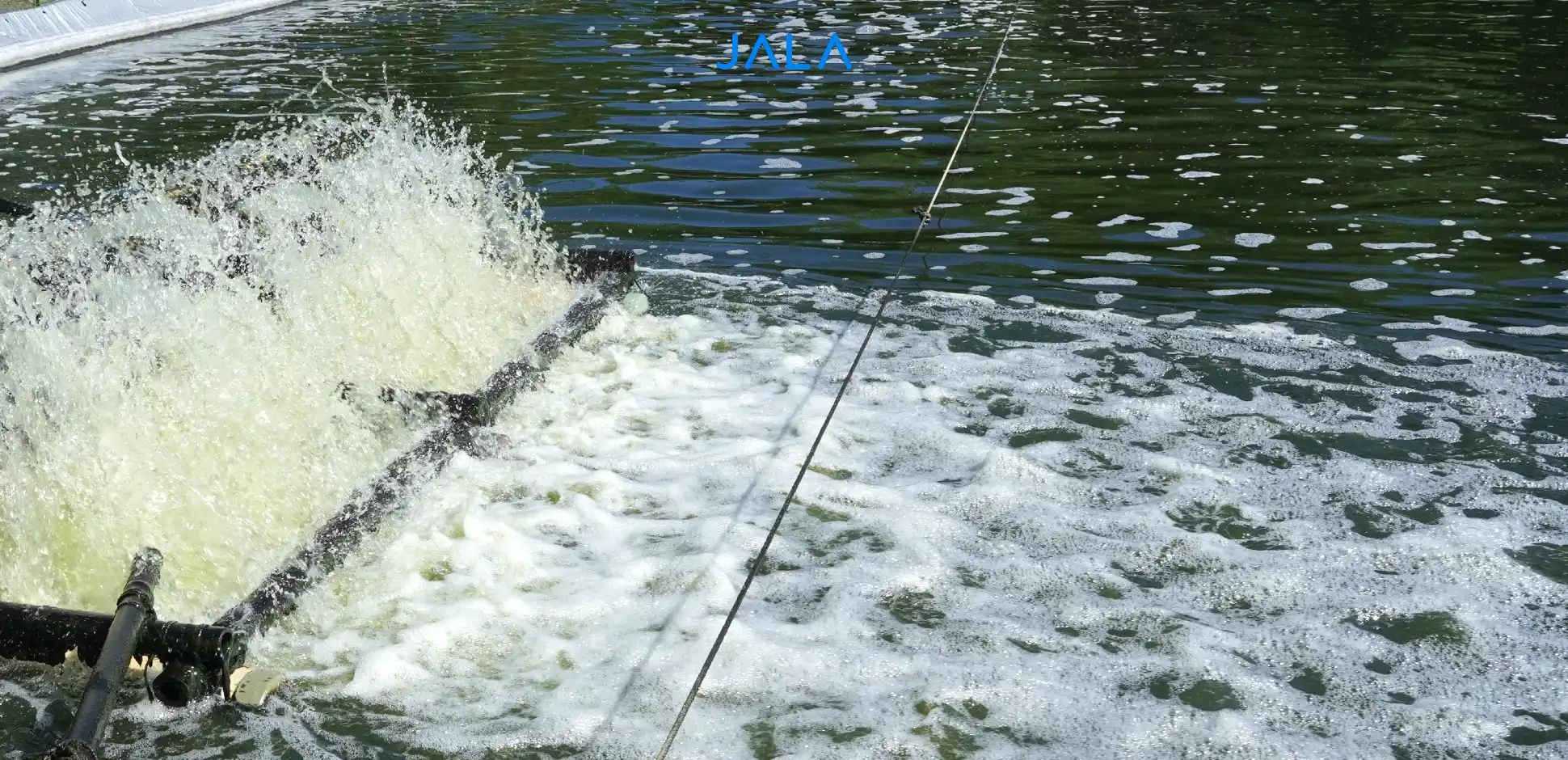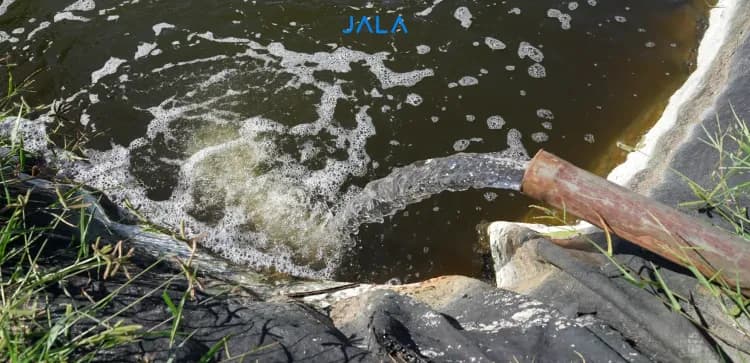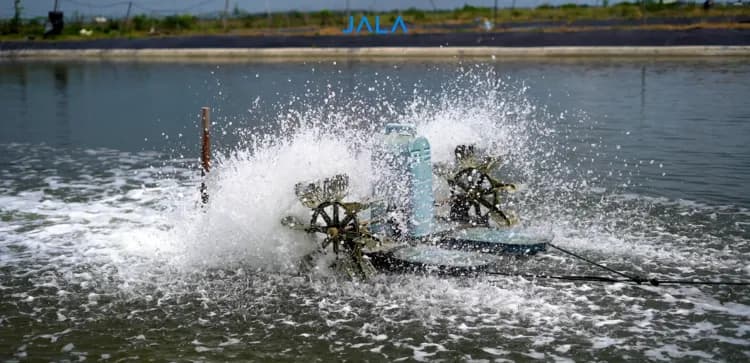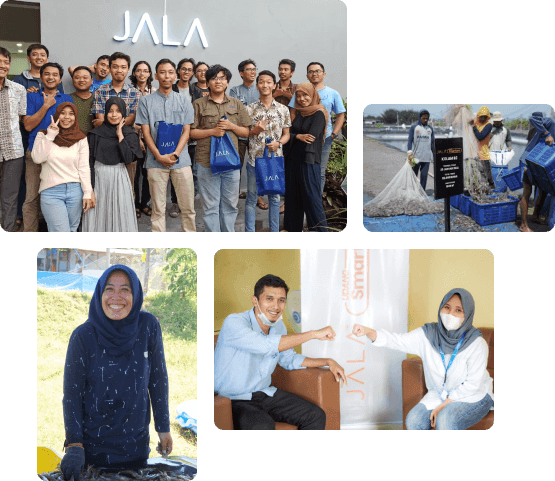
Plankton are microscopic aquatic organisms that float passively. Since plankton are unable to swim against the current, the ebb and flow of water has a significant impact on their movement.
Although being at the bottom of the food chain, plankton have many benefits for the surrounding environment and living things. They produce oxygen, serve as natural food for other aquatic animals, and absorb carbon dioxide from the atmosphere.
Contents
Related ArticlesLogin to Read the Full Article
Use your Jala account to read this article. If you don't have an account, please register on Jala App.





